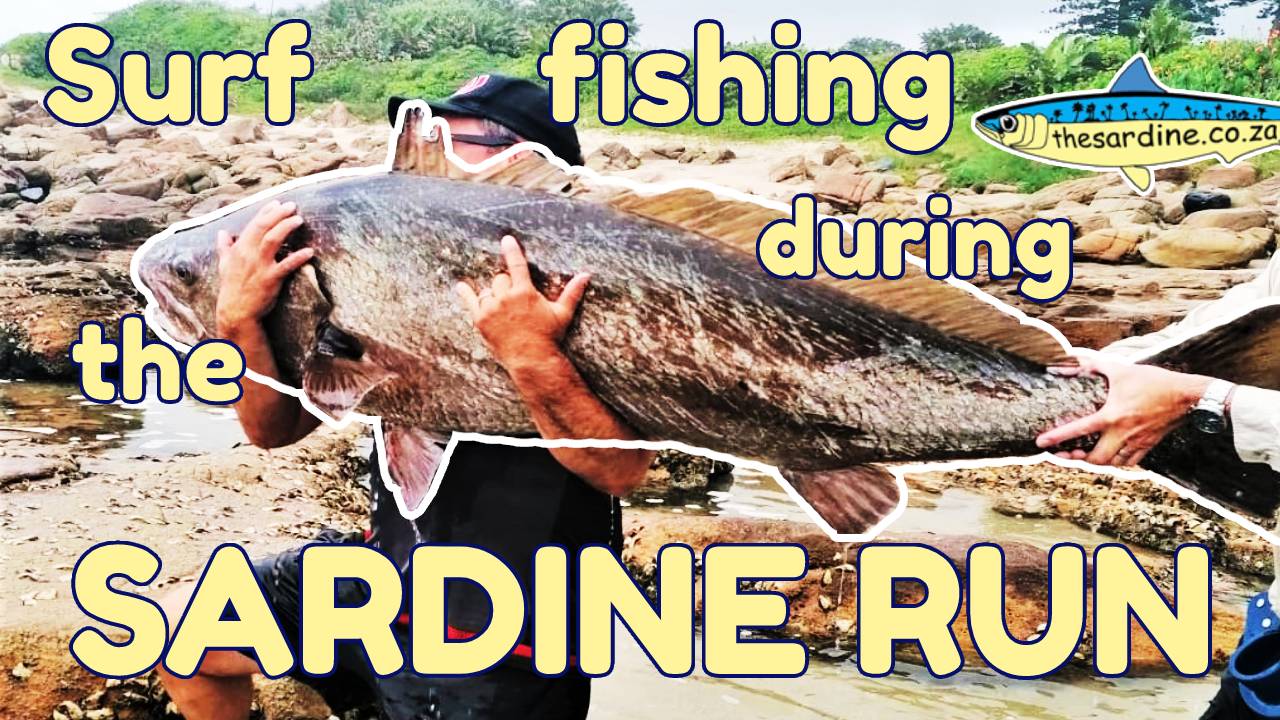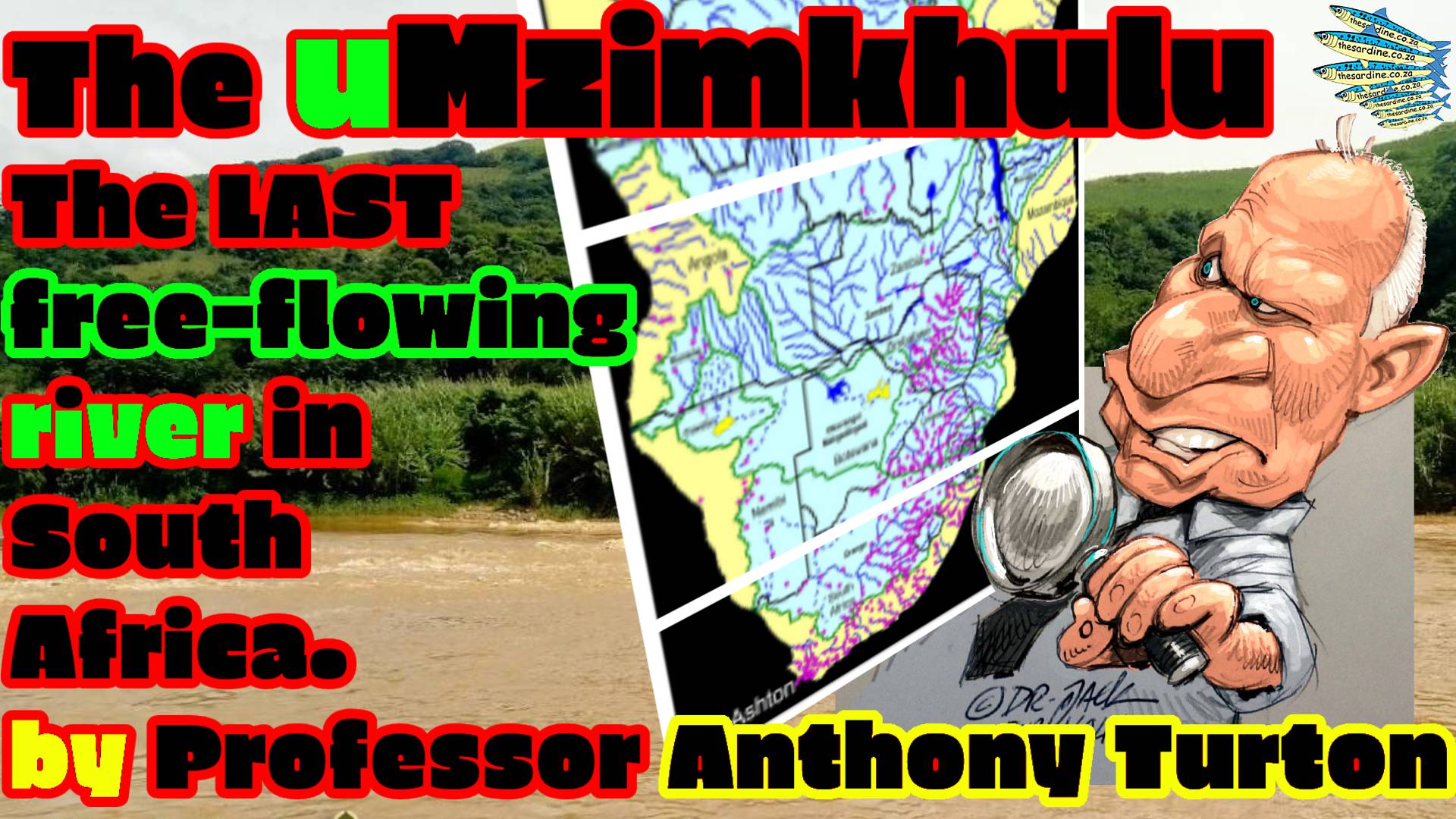Surf fishing during the sardine run
Surf fishing during the sardine run This is a rundown through a list the game fish species we are lucky enough to encounter – during the annual sardine run. Here in KZN, South Africa. Shad It starts with the shad. These guys smash into those poor little sardines like piranhas. And a shad smaller than … Read more





